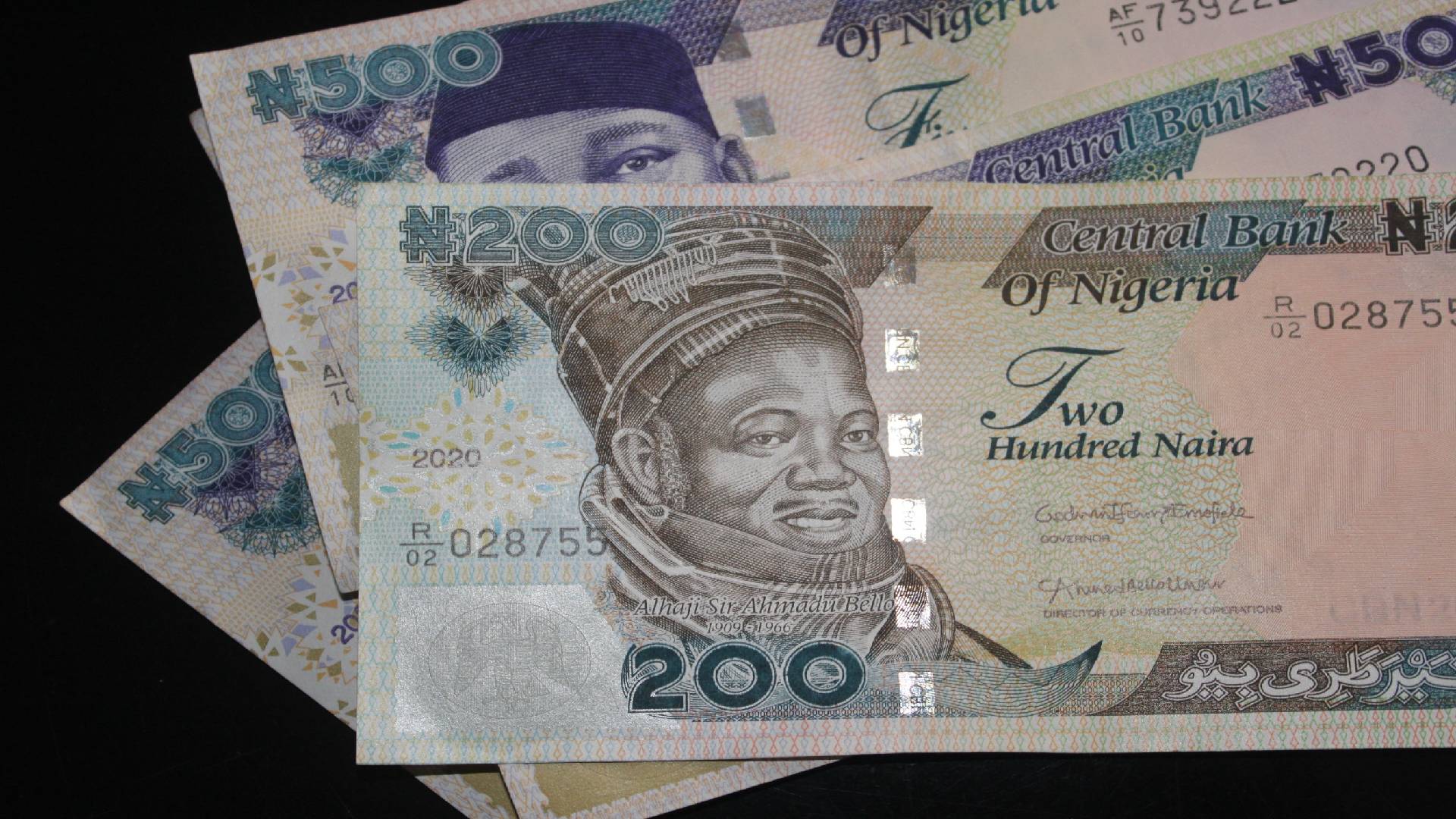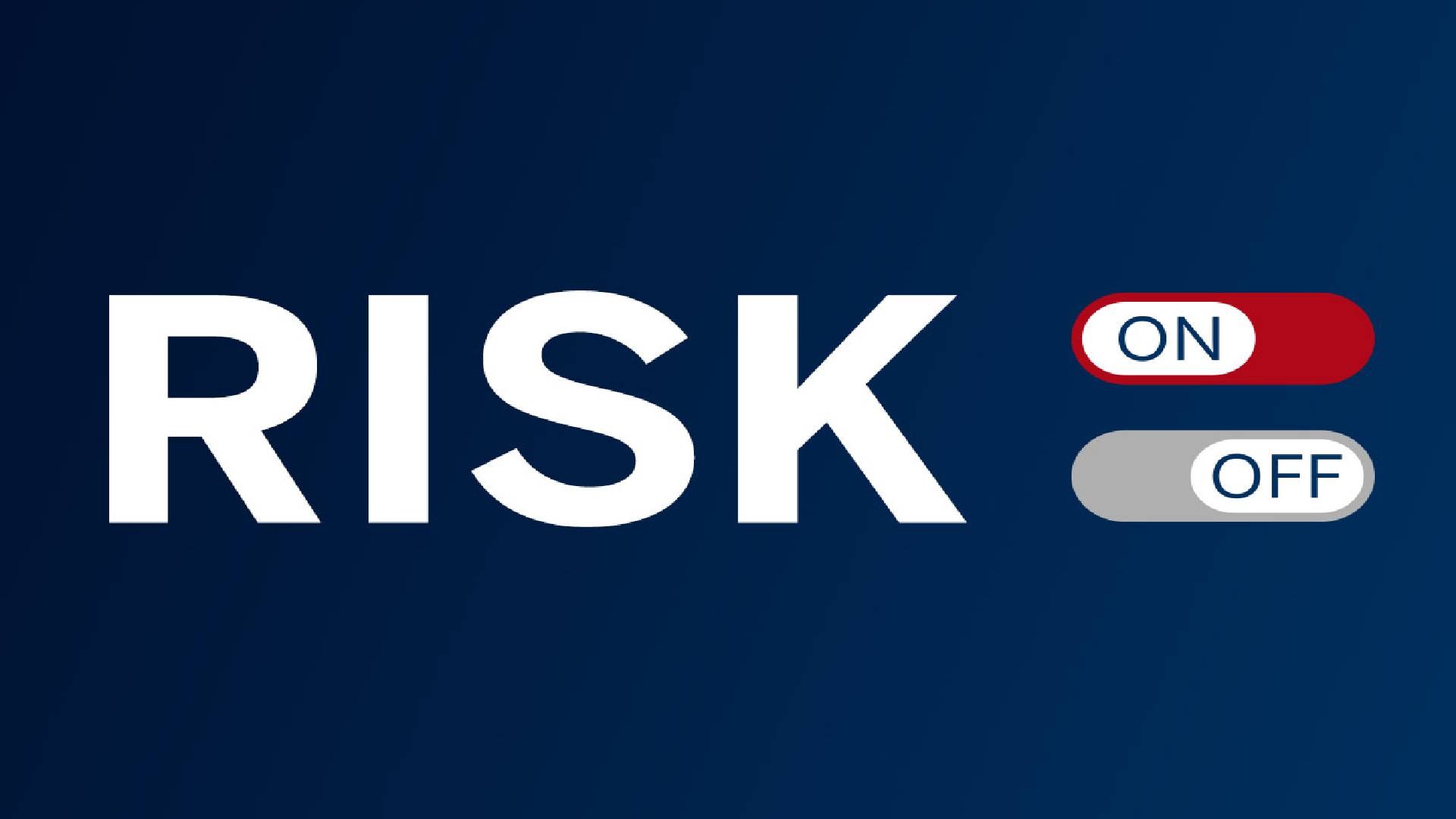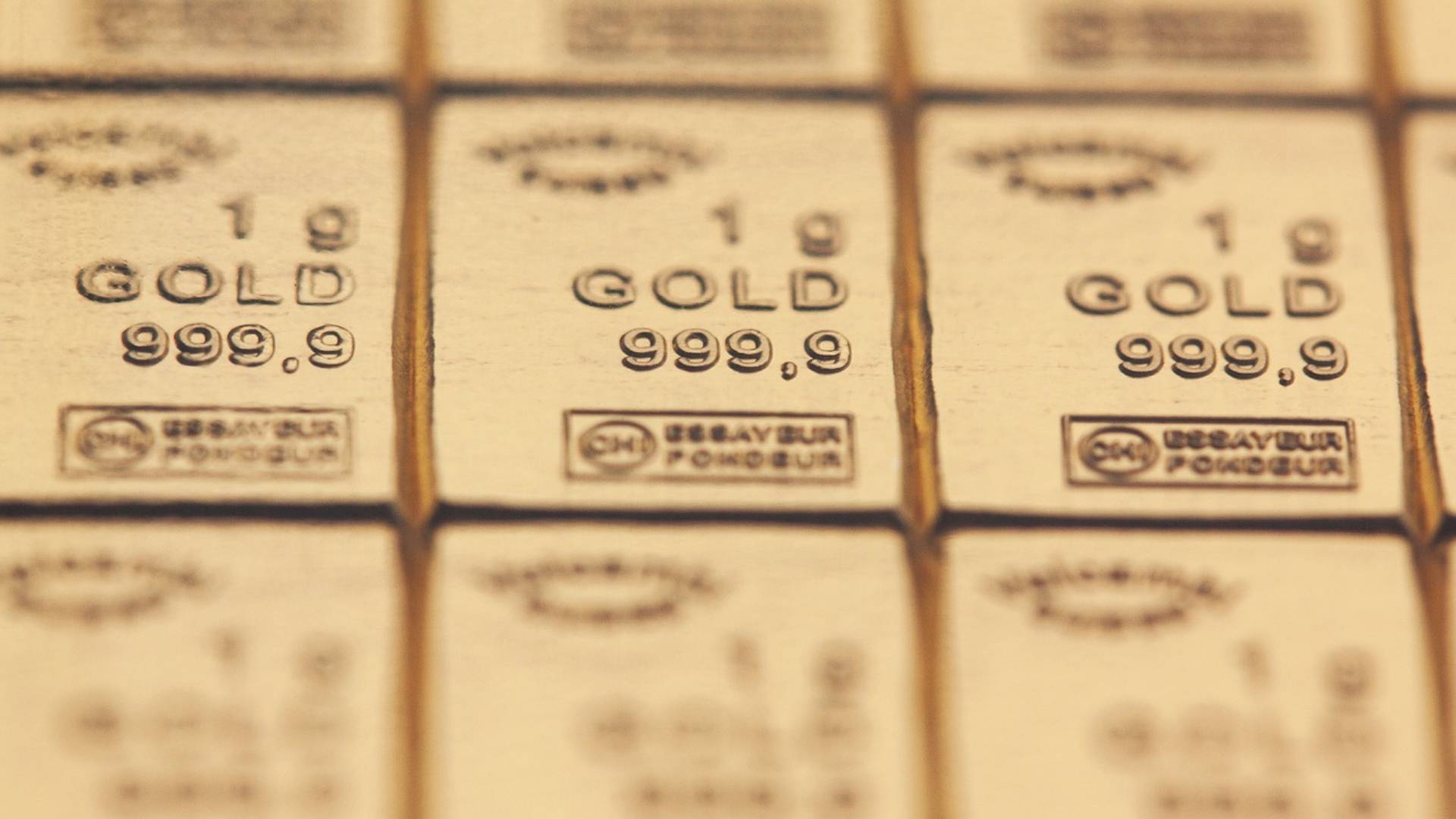 One of the more important techniques that technical traders need to master, is spotting market trends. However, it can be difficult because of market volatility. Traders have developed a number of techniques to help see past short-term price fluctuations. There are a number of indicators designed to do this. One of the easiest and most successful ones is using Heiken Ashi candlesticks. It’s a unique charting method which gets attached to your standard price chart on your trading terminal. The chart will resemble a typical Japanese Candlestick chart, however there are nuances that make reading the Heikin Ashi candles a bit different than the traditional candlestick chart. How to trade with Heikin Ashi bars? What is the Heikin Ashi formula? Everything will be explained below.
One of the more important techniques that technical traders need to master, is spotting market trends. However, it can be difficult because of market volatility. Traders have developed a number of techniques to help see past short-term price fluctuations. There are a number of indicators designed to do this. One of the easiest and most successful ones is using Heiken Ashi candlesticks. It’s a unique charting method which gets attached to your standard price chart on your trading terminal. The chart will resemble a typical Japanese Candlestick chart, however there are nuances that make reading the Heikin Ashi candles a bit different than the traditional candlestick chart. How to trade with Heikin Ashi bars? What is the Heikin Ashi formula? Everything will be explained below.
Heikin Ashi guide
An untrained eye might not even recognize the difference between a standard candlestick chart and Heikin Ashi chart, because each Heikin Ashi candle has a body, and an upper and lower candlewick (shadow) – the same as with the Japanese Candlesticks. However, each of the Heikin Ashi bars start from the middle of the bar before it, and not from the level where the previous candle has closed.
Because of that, the main difference between traditional candlestick charts and Heikin Ashi charts is that Heikin Ashi charts the average price moves, creating a smoother appearance. Because the Heikin Ashi bars are averaged, they don’t show the exact open and close prices for a particular time period. Some traders want additional confirmation of trend direction, and Heikin Ashi charts are often used as a technical indicator on a typical candlestick chart, to help highlight and clarify the current trend. Heikin Ashi charts are sometimes used on their own as well, especially by swing traders or investors. Day traders tend to use Heikin Ashi charts more as an indicator, as theys have certain other benefits.
Heikin Ashi formula
Each Heikin Ashi candle has an open, close, high and low. Therefore, there are four segments of the Heikin Ashi formula:
The opening level of the Heikin Ashi candle equals the midpoint of the previous candle, so it’s the average price of the current bar. To calculate it, you need to use the following formula:
Open = [Open (previous bar) + Close (previous bar)]/2
The close of each Heikin Ashi bar equals to the average level between the four parameters – open, close, high, and low:
Close = (Open+High+Low+Close)/4
The highest point of a Heikin Ashi candle takes the actual high of the period. This could be the highest shadow, the open, or the close.
High = Max Price Reached (High, Open, or Close)
The lowest point of a Heikin Ashi candle takes the actual low of the period. This could be the lowest shadow, the open, or the close.
Low = Min Price Reached (Low, Open, or Close)
A mathematical formula is used for calculating each price bar on a Heikin Ashi chart. Because of this, you don’t know the exact price at which a given time period opened or closed. When day trading, this can be an issue, since knowing the exact price, especially when you’re trading off a chart, is important. For longer-term traders, this is less of an issue since the open and close of a price bar is not as important in trades that last weeks, months or years.
How to trade with Heikin Ashi chart?
As noted earlier, Heiken Ashi strategy is intended to make trends easier to spot. One of the more common tools for seeing past volatility, is to apply a smoothing technique. After all, prices can whipsaw up and down, without necessarily trending in any particular direction, or they can whipsaw up and down while trending in a certain direction. Either way, these price fluctuations confuse the true character of the market. The values used to construct Heiken Ashi candlesticks are averages. There are five primary signals that identify trends and buying opportunities:
- Hollow or green candles with no lower “shadows” indicate a strong uptrend: Let your profits ride!
- Hollow or green candles signify an uptrend: You might want to add to your long position and exit short positions.
- Candles with a small body surrounded by upper and lower shadows indicate a trend change: Risk-loving traders might buy or sell here, while others will wait for confirmation before going long or short.
- Filled or red candles indicate a downtrend: You might want to add to your short position and exit long positions.
- Filled or red candles with no higher shadows identify a strong downtrend: Stay short until there’s a change in trend.
These signals may make locating trends or trading opportunities easier than with traditional candlesticks. The trends are not interrupted by false signals as often and are thus more easily spotted.
Heikin Ashi – candlestick patterns
Now we will discuss three patterns which are commonly found on a Heiken Ashi chart. The first is the Doji reversal candlestick. The Doji candle appears when the price closes at the same level where it opened. As such, the candle has no body and it essentially looks like a dash. The Doji, when it appears after a directional move, has a reversal potential and indicates that the price action is stalling and might be poised to start a counter trend move.
The second one is the Triangle pattern. The important point here is to follow the direction that the price action breaks through. If the Heikin Ashi price action breaks the upper level of the pattern, this signals that the increase will likely be extended. If the price action breaks the lower level of the Triangle, then we anticipate the price to start a new bearish move.
The last pattern that is often found on the Heikin Ashi chart is the Wedge pattern. Of course, there are two types of it – Rising Wedge and Falling Wedge. It is important to mention that the Rising Wedge has bearish potential. Contrary to this, the Falling Wedge has a bullish potential. So, when the price breaks the lower level of the Rising Wedge, it starts a fresh bearish move. And, on the contrary, if the price breaks the higher level of the Falling Wedge, it starts a fresh bullish move.








